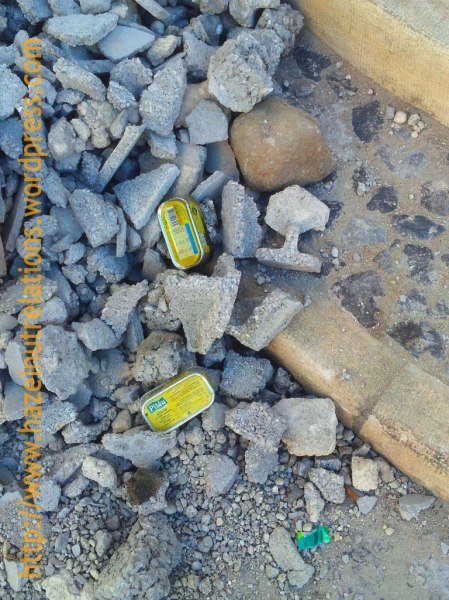… sieht bis in die Silvretta! silexanalysen im bahnhofsbuffet olten…
silexanalysen im bahnhofsbuffet olten…
Source: das auge des experten
… sieht bis in die Silvretta! silexanalysen im bahnhofsbuffet olten…
silexanalysen im bahnhofsbuffet olten…
Source: das auge des experten
Posted in alpine archaeology, Alpine Archäologie, lithics, Switzerland
Tagged Alpine Archäologie, Bronze Age, genitiv, Graubünden, lithics, Neolithic, Schweiz, Silvretta Historica
So, that’s that. Last week I had the honour and immense pleasure to help dig a few trenches at Las Gondas in the Fimbertal, between the Lower Engadin and Paznaun valleys. The Rückwege project was initiated by Thomas Reitmaier in 2006 and this might or might not turn out to have been the last ever field season. 10 years of multi-disciplinary and highly successful alpine archaeological fieldwork have come to an end. It was a fantastic time and a great week away from the PhD. A week in which a wonderful group of archaeologists and friends, who have all been involved in the project over the years, got together to excavate a system of animal pens in the beautiful Fimber valley. We managed to sort out the stratigraphy and expect it to be prehistoric, perhaps chronologically comparable to the Iron Age hut ruins we excavated further down the valley. But, as so often in the Alps, finds are scarce. So, we’ll have to wait for the 14-C dates to come back.
I would like to thank my friends, and especially Thomas, for their companionship, the laughs, the snoring, the Streusel, the EIER, the Schnapps, wine and beer, the snow, Lassiter, the tons of charcoal and the many buckets full of dirt and stone. Do have a look at Thomas’s post on the Silvretta-Historica blog, which I’ve linked to below as well!
sodalla – wir sind also schon wieder gut zurück aus dem schönen fimbertal und einer sehr erfolgreichen einwöchigen grabungskampagne im gebiet las gondas … . das hauptanliegen, die dortigen pferchstrukturen genauer zu untersuchen und hoffentlich im verlauf der nächsten wochen auch mittels 14c-datierungen zeitlich einzuordnen, haben wir mit einem ausgezeichneten und hochmotivierten grabungsteam problemlos erreicht, trotz der mitunter etwas widrigen wetterbedingungen … (CLICK ON THIS LINK TO THE SILVRETTA-HISTORICA PROJECT BLOG FOR MORE INFO AND LOTS OF GREAT PHOTOS FROM THE FIELDWORK!)
It is already a few years ago that I took part in the fieldwork part of the “Silvretta Historica” project of my friend Th. Reitmaier. The fieldwork has been completed and now it is time for post-excavation work and once every while to look back at the great archaeology and wonderful times we had in the Alps on the Swiss-Austrian border.
But, looking to the future, today I met with another friend to talk about starting a new field project in the near future. Exciting things on the horizon!
“A deserted camp with empty sardine tins gave proof of Newcombe and Hornby.”
T. E. Lawrence – Seven pillars of wisdom, 1935, p.250
In the Swiss Alps for many hunting is an integral part of life. When doing archaeological survey work and excavating in the Alps one often comes across little sites dating to the 19th and 20th century: the remains of hunters’ camps, sheltering from the elements, most often under abris, or rock shelters. These sites mostly consist of varying combinations of beer bottle shards, bottle lids, a cartridge or two and drinks cans and – particularly Swiss – small metal pots which contained paté. Sometimes we even find the remains of a fire. The sardine tin, however, is almost always part of these assemblages.
The presence of such assemblages often coincides with us archaeologists finding older traces of humans using rock shelters while hunting or shepherding. These can date back to any period from the Mesolithic to the early modern era.
The photo below I took in 2012 in Lisbon, Portugal. Sardine tins: the universal sign of past human lunch breaks.

Sardine tins on a building site in Lisboa, 2012.